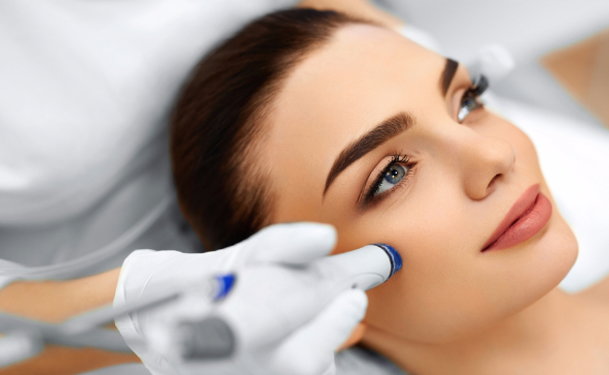The new laser therapy known as profractional resurfacing is a relatively less invasive method for sweeping away wrinkles and fine lines on the face, helping reduce acne and other scarring, restoring sun damaged skin, and generally providing a more healthy looking appearance to the skin. With profractional resurfacing, the laser uses seek energy to target very small areas under the skin. Essentially, this kind of laser uses many different “microwounds” that generate a lot of collagen and other elements around the wounded areas. The promotion of collagen is the main benefit of this procedure, according to some doctors.
In contrast to other kinds of treatments involving injections, chemical applications and surgeries, lots of doctors perceive resurfacing as relatively low risk. However, there are some related risks of complications after this kind of treatment. Here are some of the reported potential complications of this kind of laser therapy.
Infections
Some doctors report that there is a minor chance of profractional resurfacing resulting in an infection. More commonly, doctors warn patients with existing infections that having profractional resurfacing done can worsen the illness. That’s why individuals with an infection are poor candidates for this process.
Scarring
Although profractional resurfacing is sometimes used to decrease and handle scarring, patients with some types of susceptibility to hypertrophic or keloidal scarring may have negative complications after a profractional resurfacing treatment. Consult with your doctor about scarring before signing up for this kind of procedure.
Medical Interactions
Some patients can have negative interactions from taking aspirin or other drugs after a profractional resurfacing treatment. In these cases, prescription drugs or natural products like excessive alcohol can impair the healing process. Patients will have to talk to doctors about specific risks due to existing health conditions or drug regimens.
Aftereffects of Profractional Resurfacing
Directly after a profractional resurfacing treatment, the patient may see some discoloration of the skin. In some cases, there may be some peeling of the skin. All of this has to do with the production of cells related to the heat energy that is applied to the skin. Some may be normal, but excessive symptoms should be examined by the doctor who provided the laser therapy.
Interactions with Excessive Sunlight
Some patients can experience some complications after profractional resurfacing if they do not stay out of the sun for several weeks following the procedure. Doctors will provide concrete guidelines for avoiding direct sunlight. It’s important for patients to pay attention to these restrictions to avoid compromising their results with overexposure to the sun.
These are some of the main risks of complications after receiving profractional resurfacing in the offices of a qualified dermatologist. Doctors will have more specific information related to a particular patient and what kinds of symptoms indicate trouble with the procedure. Be sure to consult with your doctor before the session to have knowledge of what to watch out for after a profractional resurfacing laser therapy.


